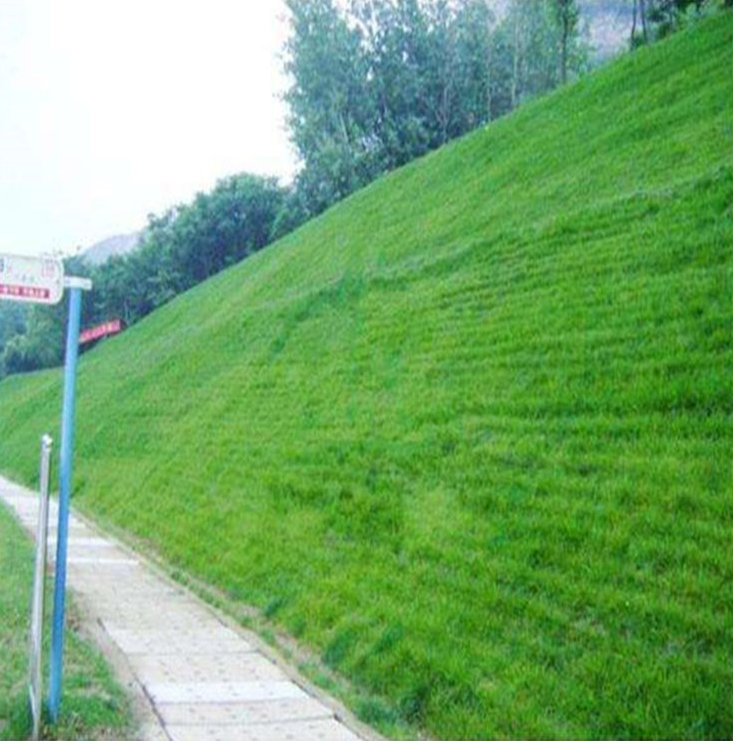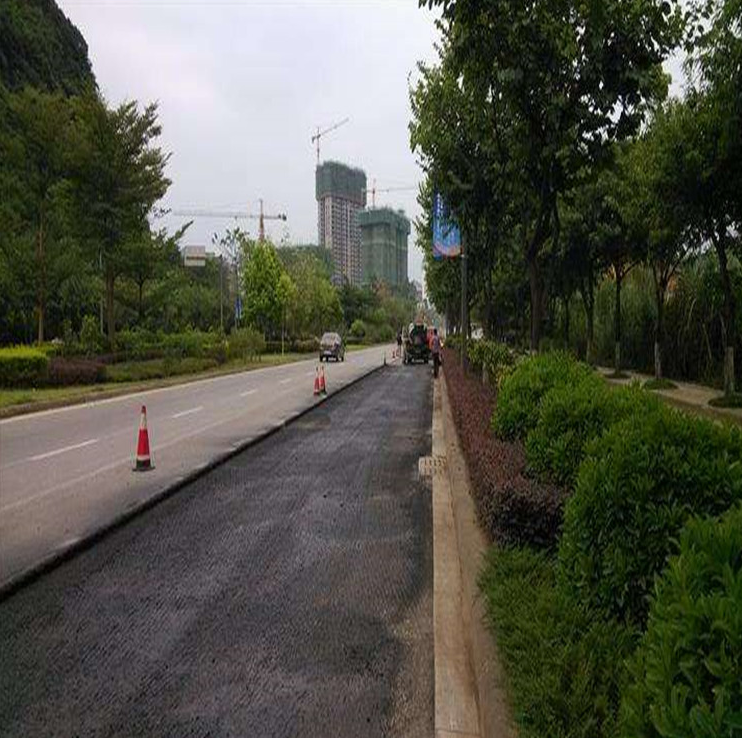28
2018
-
11
Effect Analysis of Geogrid Reinforced Expansive Soil Slope
Author:
The effect analysis of geogrid reinforced expansive soil slope is carried out. The friction characteristics of the interface between Geogrid and expansive soil are studied by large-scale indoor pull-out test. A simplified interface model and parameters of Geogrid and compacted expansive soil are proposed. Combining with the triaxial test results of expansive soil, the FLAC3D finite difference program is used to calculate the slope ratio of 1:1 and the height of expansive soil. The stress and deformation of 20 m expansive soil slope are numerically analyzed, and the effects of different reinforcement methods on slope reinforcement and moisture absorption and weathering on slope stability are discussed. The main conclusions are as follows:
(1) When the relative displacement of reinforcement and soil reaches 1-2 cm, the interfacial friction peak appears, and there is no obvious softening phenomenon of the average interfacial friction after the peak value. The average frictional resistance-relative displacement curve of reinforced soil interface shows ideal elastic-plastic characteristics.
(2) The water content of expansive soil has a significant effect on the cohesive force of the interface between reinforcement and soil. With the increase of water content, the cohesive force decreases sharply, while the water content has no significant effect on the friction coefficient of the interface. The compacted dry density of expansive soil significantly affects the similar friction coefficient at the interface of reinforcement and soil, but has no significant effect on the similar cohesion; the similar friction coefficient at the interface increases significantly with the increase of the compacted dry density.

(3) Selecting the thickness of weathered layer of 4m to analyze the reinforcement effect of slope, the calculation shows that the depth of grille treatment should penetrate the weathered layer of long-term atmospheric influence, otherwise the reinforcement effect is not obvious; when the treatment depth exceeds the thickness of weathered layer, increasing the depth of grille treatment will enhance the stress and displacement inhibition of slope, and increase the safety factor of slope. 52% higher, the key slip arc position moves to the deep soil slope.
(4) When the geogrid penetrates the weathered layer and the treatment depth is less than 2 m, the vertical spacing of geogrids has an obvious effect on the stress state in the reinforced area. The closer the grids are arranged, the smaller the shear stress near the reinforced area and the smaller the horizontal deformation. Compared with the unreinforced slope, the slope safety factor increases by 36% and 28% when the reinforcement spacing is 0.4 m and 1.2 m, respectively. When the depth of grille treatment exceeds 2 m, the vertical spacing has little effect on slope stability.

(5) Hygroscopic expansion of expansive soil can cause large horizontal displacement of slope surface. When the width of hygroscopic soil is 3 m, the deeper the hygroscopic zone is, the larger the horizontal deformation of slope is. In the process of moisture absorption and expansion, the shear stress of the slope increases to a certain extent, especially in the area affected by infiltration, which is concentrated at the foot of the slope, and the shear stress isoline of the middle part of the slope is roughly parallel to the slope.
(6) When the surface layer of slope absorbs moisture, the lateral limit effect of Geogrid on the horizontal displacement of slope increases with the increase of reinforcement length. The longer the length of reinforcement is, the smaller the frictional resistance of the interface between reinforcement and soil is, and the effect of the grille on the horizontal lateral limit of soil is also enhanced. Friction stress at the interface of reinforcement and soil is inversely proportional to the length of the grille. The yielding position of the interface of reinforcement layer is located at the position where moisture content tends to be saturated in the hygroscopic zone.

undefined




